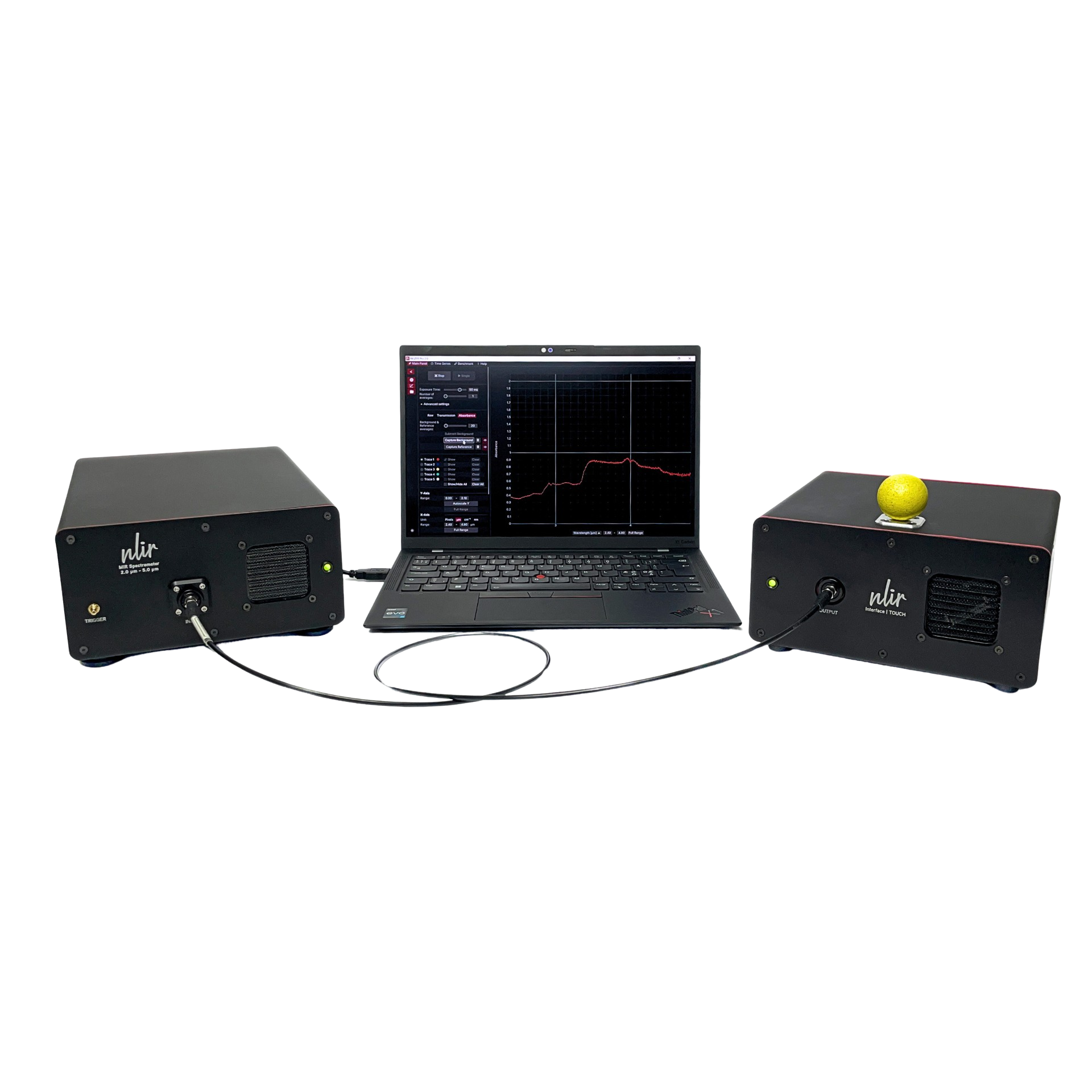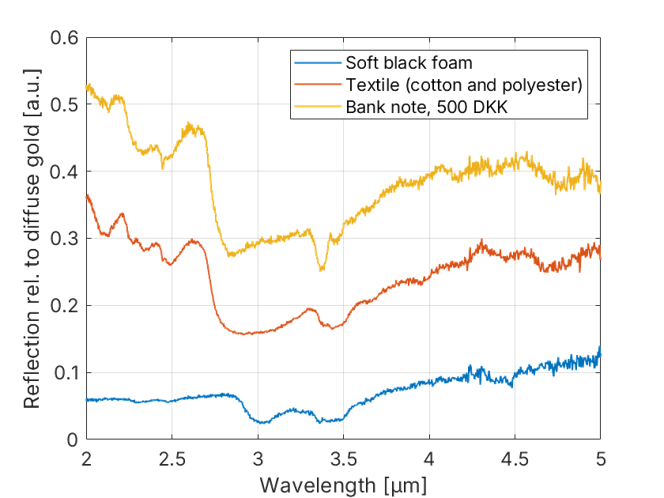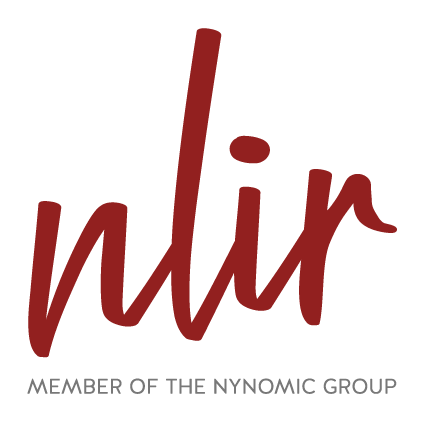Interface | TOUCH
Product Overview
- Reflection from any sample
- Wavelength range: 1.2 µm – 8.0 µm
- Fiber coupling: SMA
- 1-2 mm collection area
- Low background
Product Details
The NLIR TOUCH Interface is a measurement instrument that helps easily bring light to and from a sample when performing reflection measurements. It has a built-in wide-band light source, and after being reflected on the sample, the light is coupled into a connected fiber to conveniently bring it anywhere. The TOUCH Interface is designed to work with differently shaped sample surfaces while at the same time minimize background signal.
Check out the features, and specifications of NLIR’s TOUCH Interface:
Are you interested in TOUCH interface?
Request more information or the price quote below:
*Required fields. Your personal data is kept confidential.

Measure reflection from (almost) any sample
The TOUCH Interface seamlessly connects to any fiber-coupled sensor. In the image depicted, a foosball ball is positioned at the interface, and its spectrum is captured using the NLIR S2050 2.0-5.0 µm spectrometer with an exposure time of 50 ms. Despite the sample’s curvature, the data displayed on the screen is of exceptional quality, thanks to the sophisticated internal design of the TOUCH interface and the high sensitivity of NLIR’s MIR spectrometer.
Raw data from TOUCH interface
The figure on the left displays reflection spectra from three different samples with rough surfaces: soft black foam, a mixed cotton-polyester textile, and a 500 DKK banknote. These samples were simply placed on top of the TOUCH Interface, and with a 50 ms exposure time on the spectrometer, all data were rapidly acquired. Normally, the roughness of the sample surfaces would complicate the transmission of light from the source to the sample and then to the collection optics. However, the TOUCH Interface greatly simplifies this process, ensuring efficient light handling despite surface irregularities.

